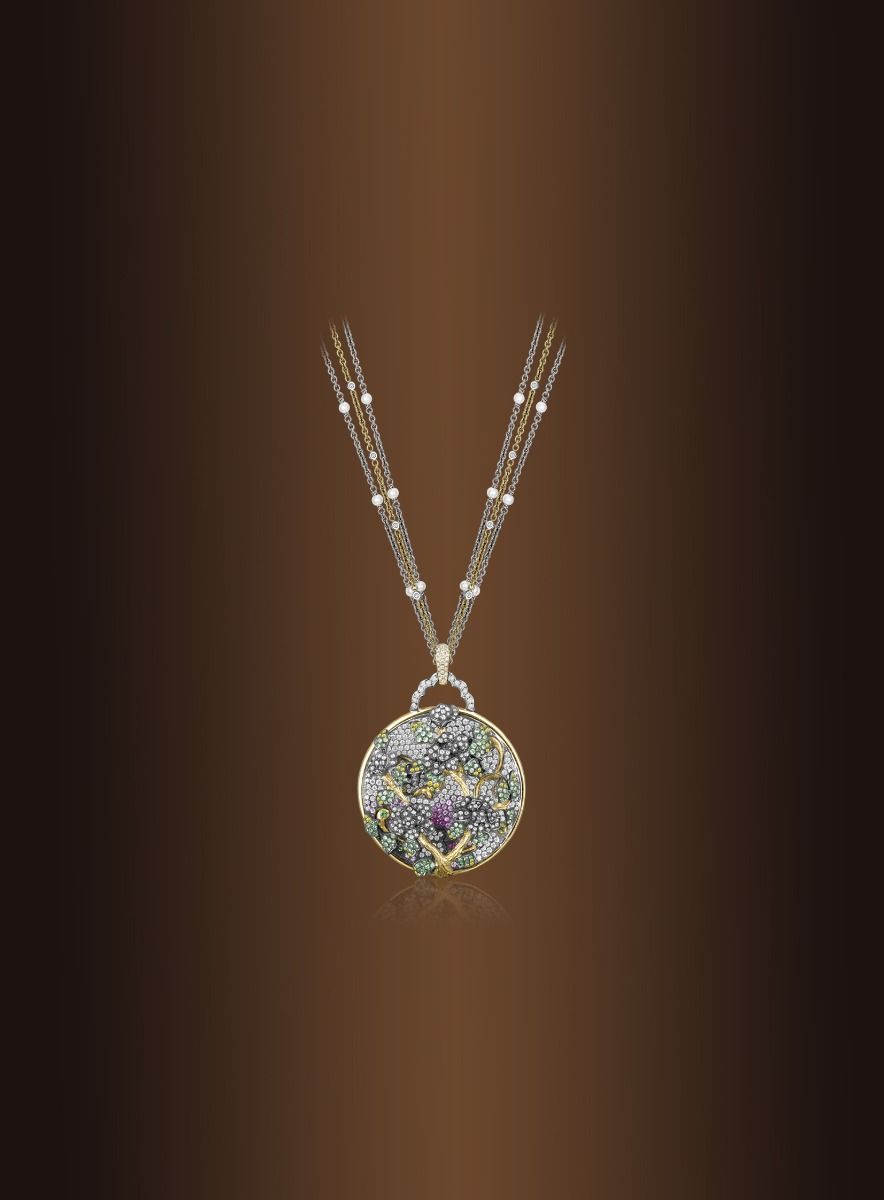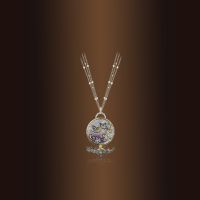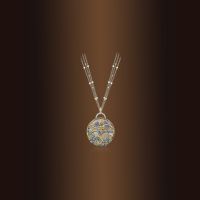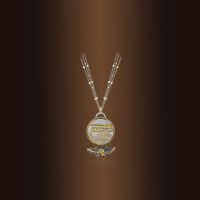GONG BI

Gong Bi 工筆 paintings are a very Chinese concept, they found favour in the Imperial Court and were collected by Emperors. ‘Gong工’ implies refinement, detail and delicacy; ‘bi 筆’ signifies the written word as well as the instruments used for writing, such as animal hair paint brushes. The paintings are coloured and made up of precise, highly detailed brushwork (similar to a copper plate print). The difficulty in executing a good Gong Bi painting or any ink painting is that there is no turning back, unlike in oil painting and pencil where the artist can paint over or erase, once the ink is on the paper, one mistake and the artist needs to start again! They depict a moment of reality and do not allow for imagi- nation or emotion to be expressed, a Gong Bi artist paints on either silk or non- absorbent paper depicting exactly what is in front of him; great technical skill and patience are required. During the Tang 唐 (618-907) and Song 宋 dynasties (960-1279) they were collected in secret by the elite, as this was ordained to be an Imperial pastime.
YEWN’s Gongbi Collection pays tribute to Chinese painting artists of this meticulous art form with YEWN’s trademark craftsmanship. Coloured and usually depicts figural or narrative subjects, GongBi uses highly detailed brushstrokes that delimit details very precisely and without expressive variation. These paintings were endorsed and collected by royalty and the elite of China in secret in royal palaces and private homes between the Tang and Song (960-1276 AD) Dynasties.



